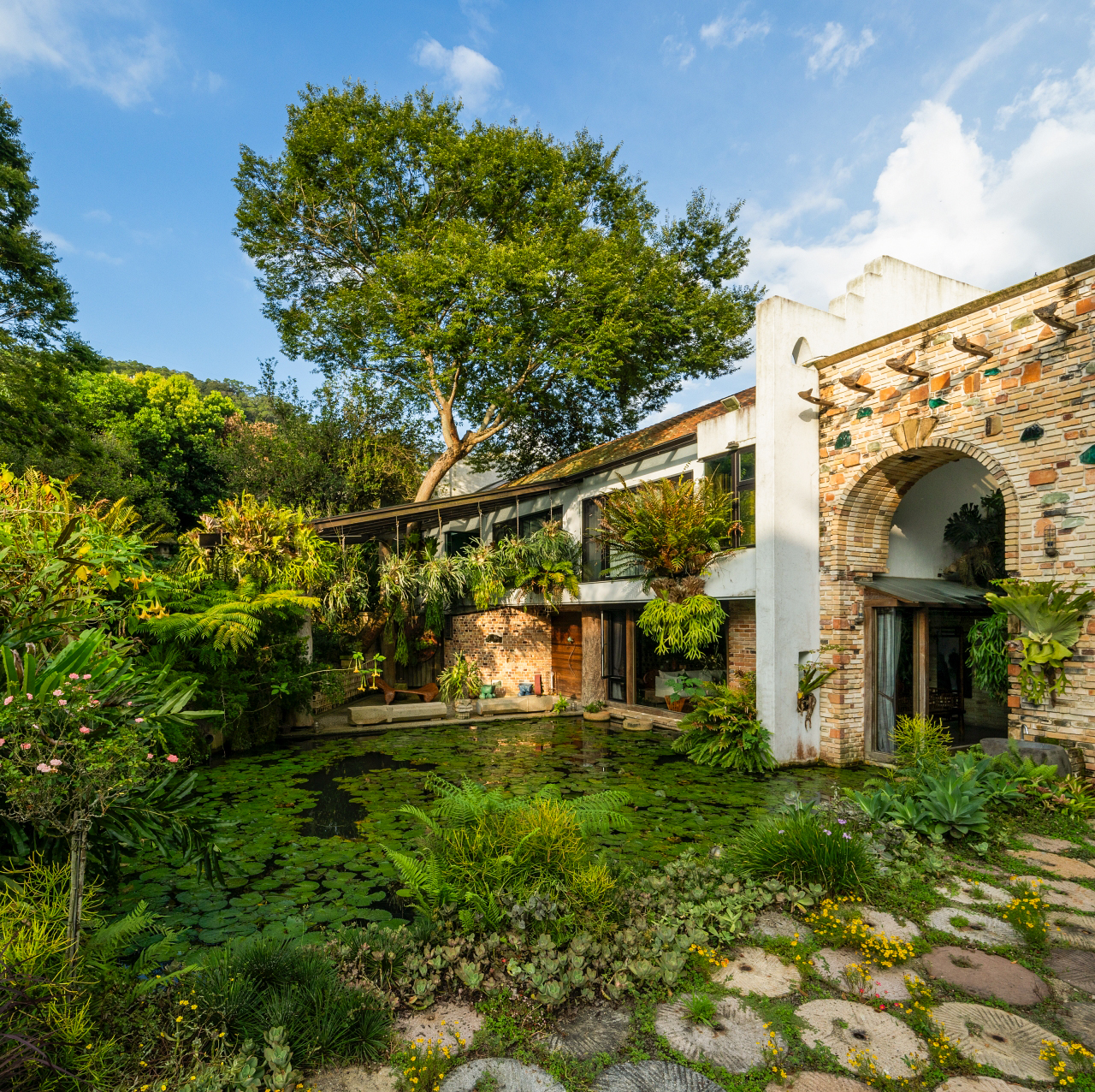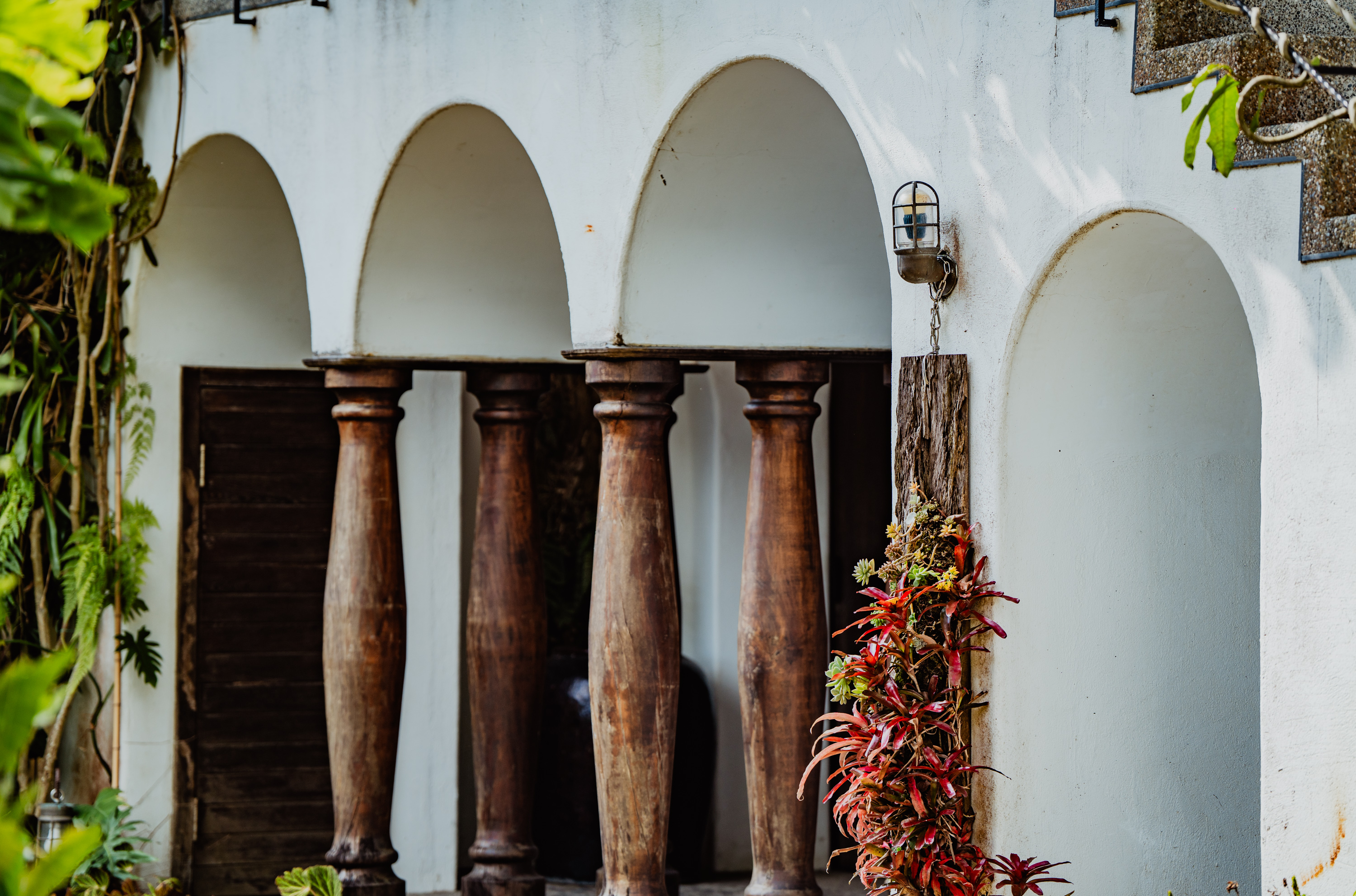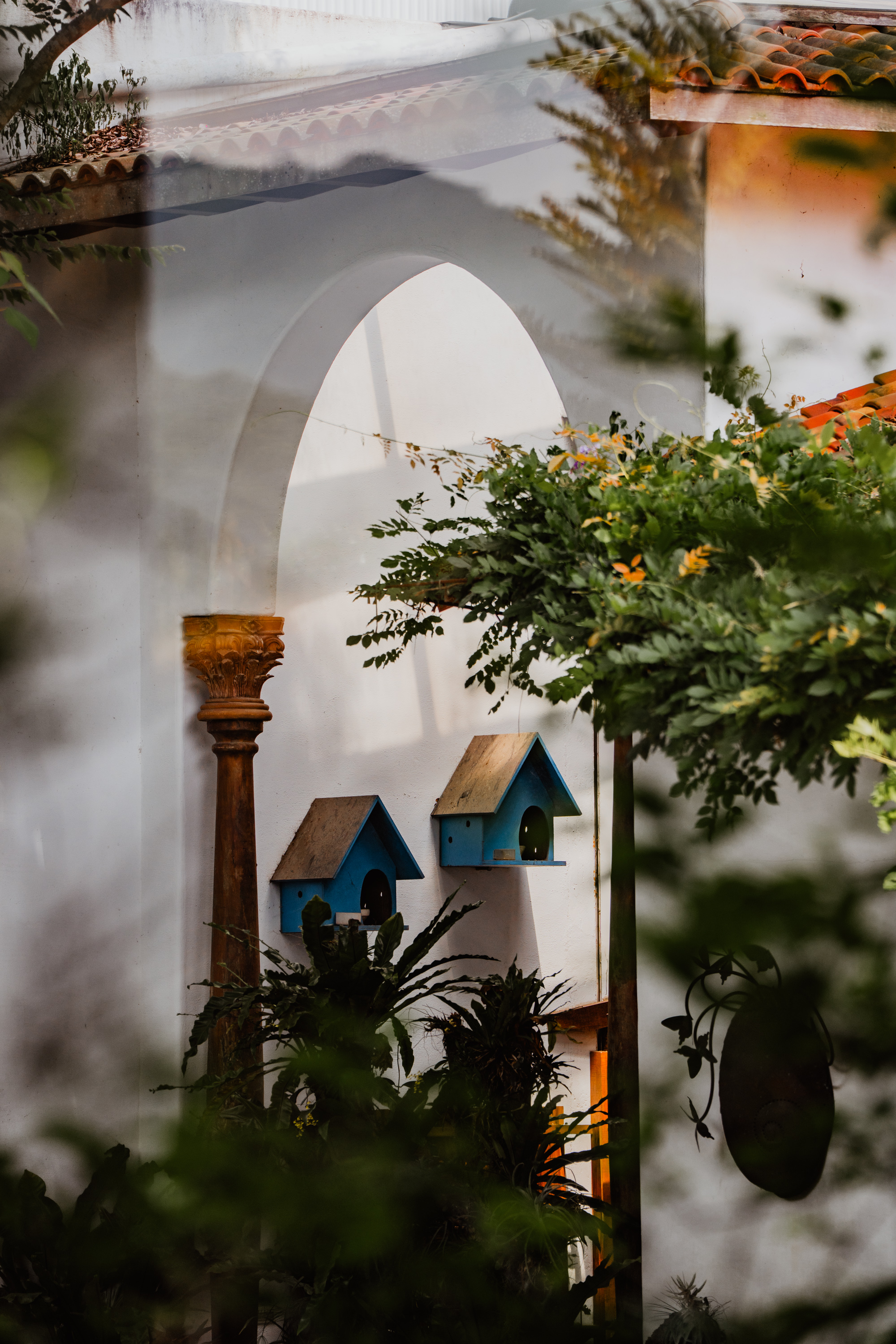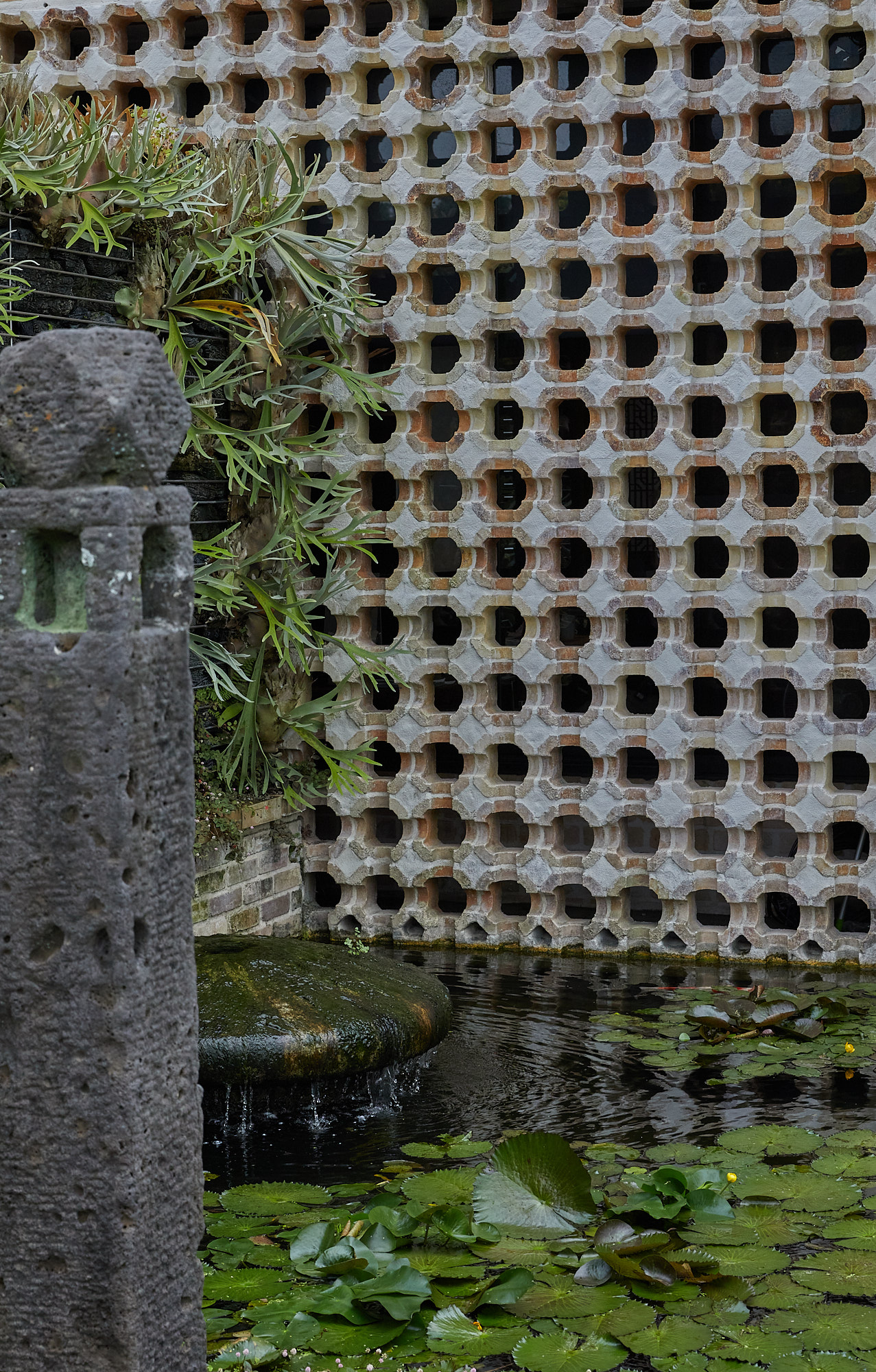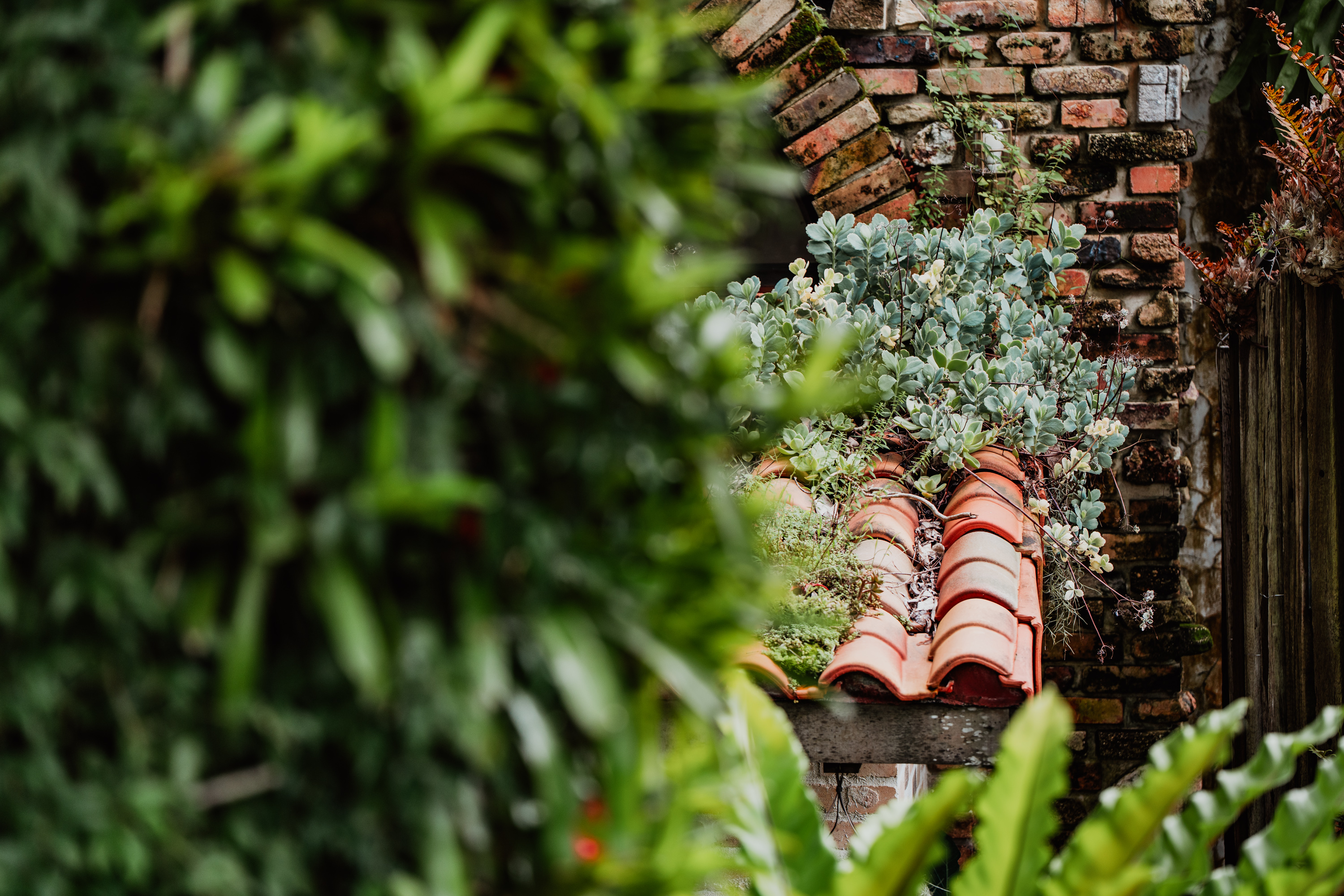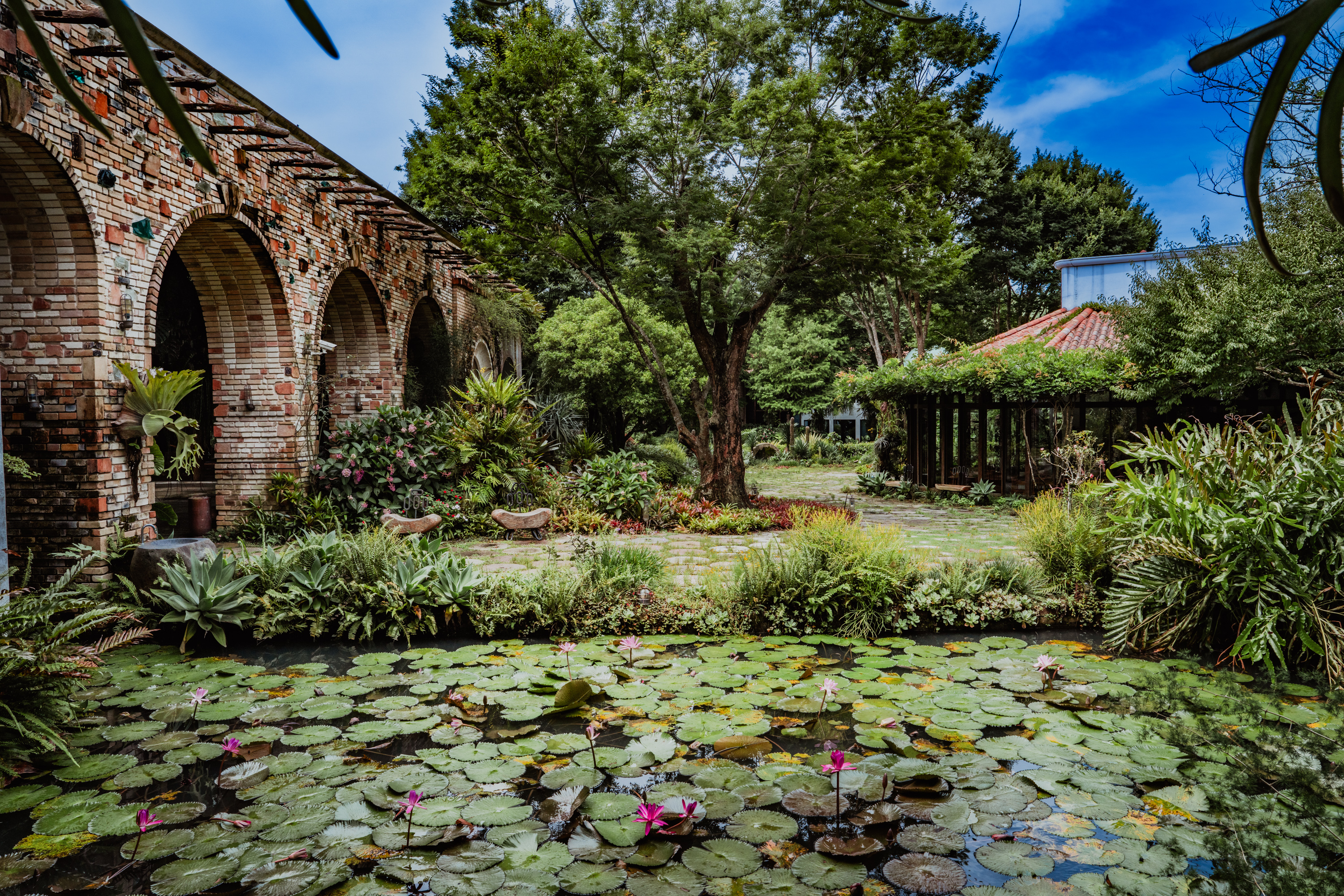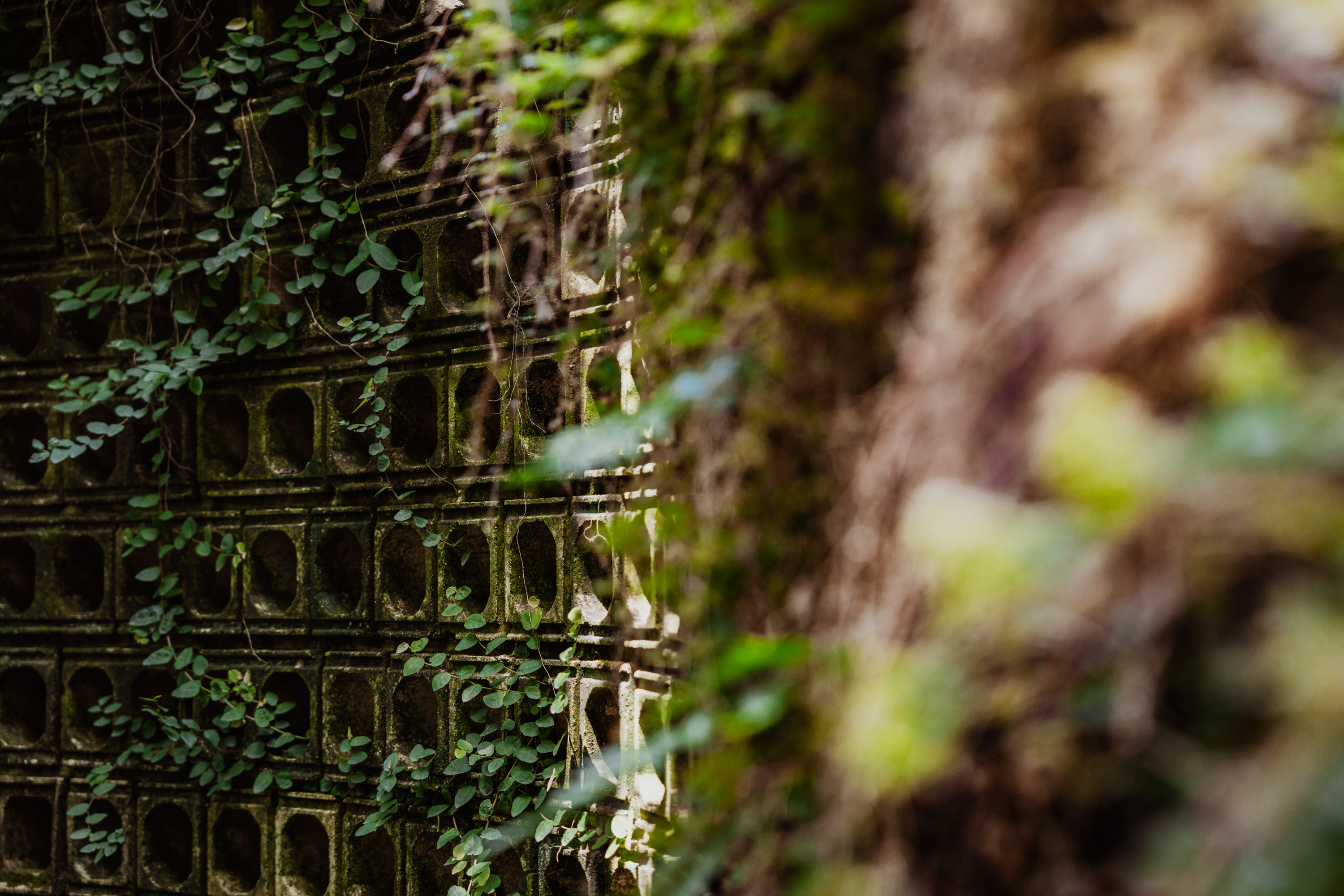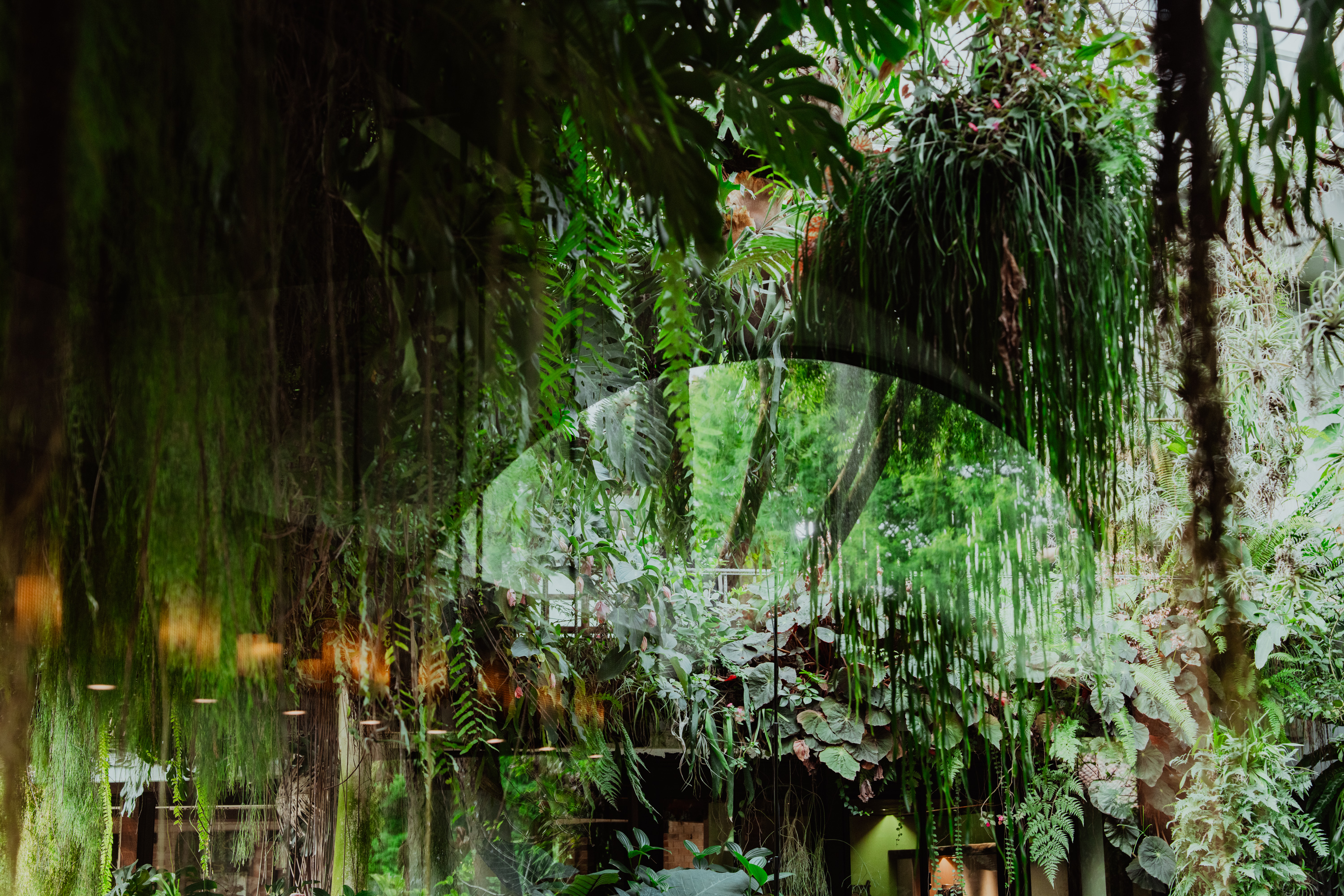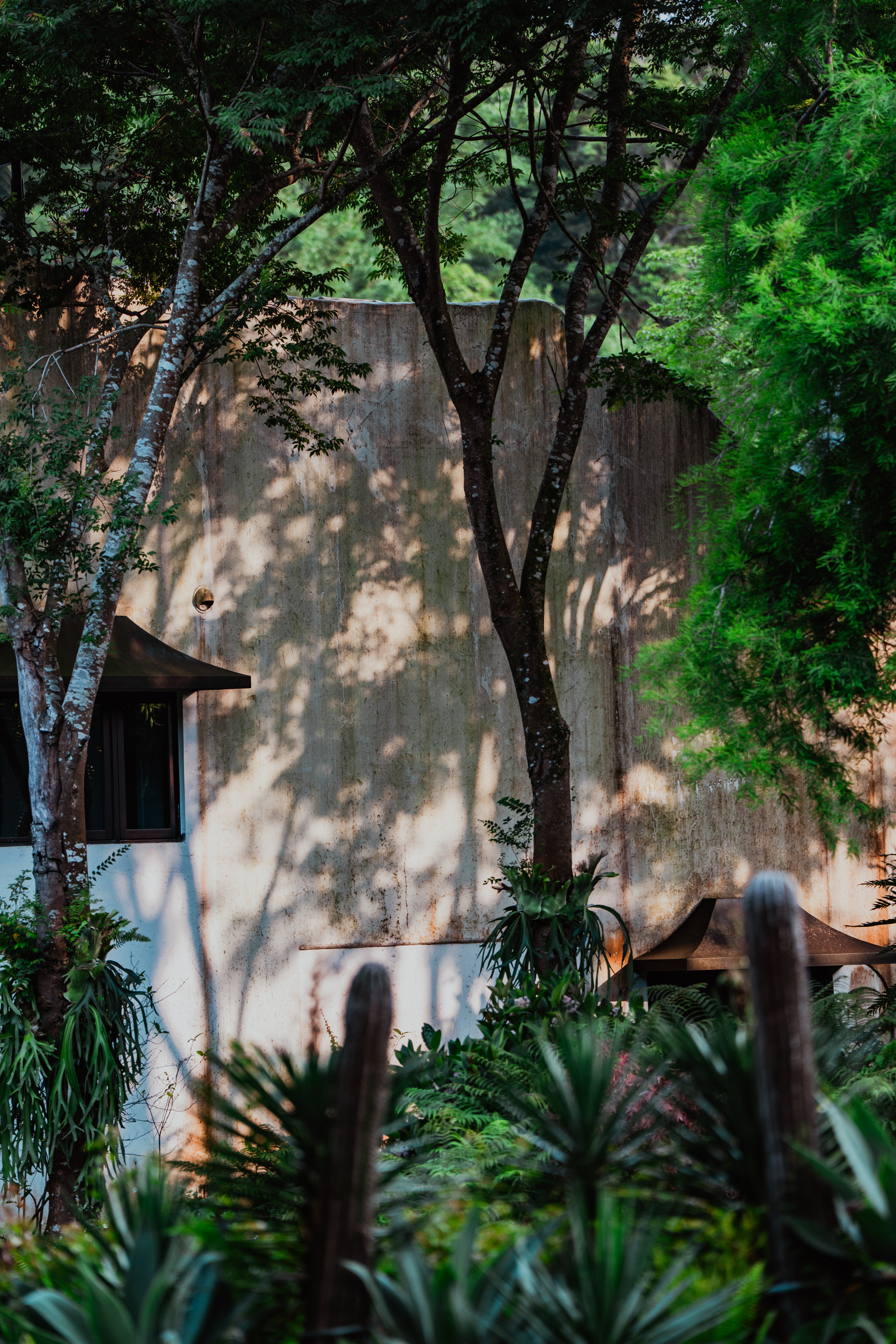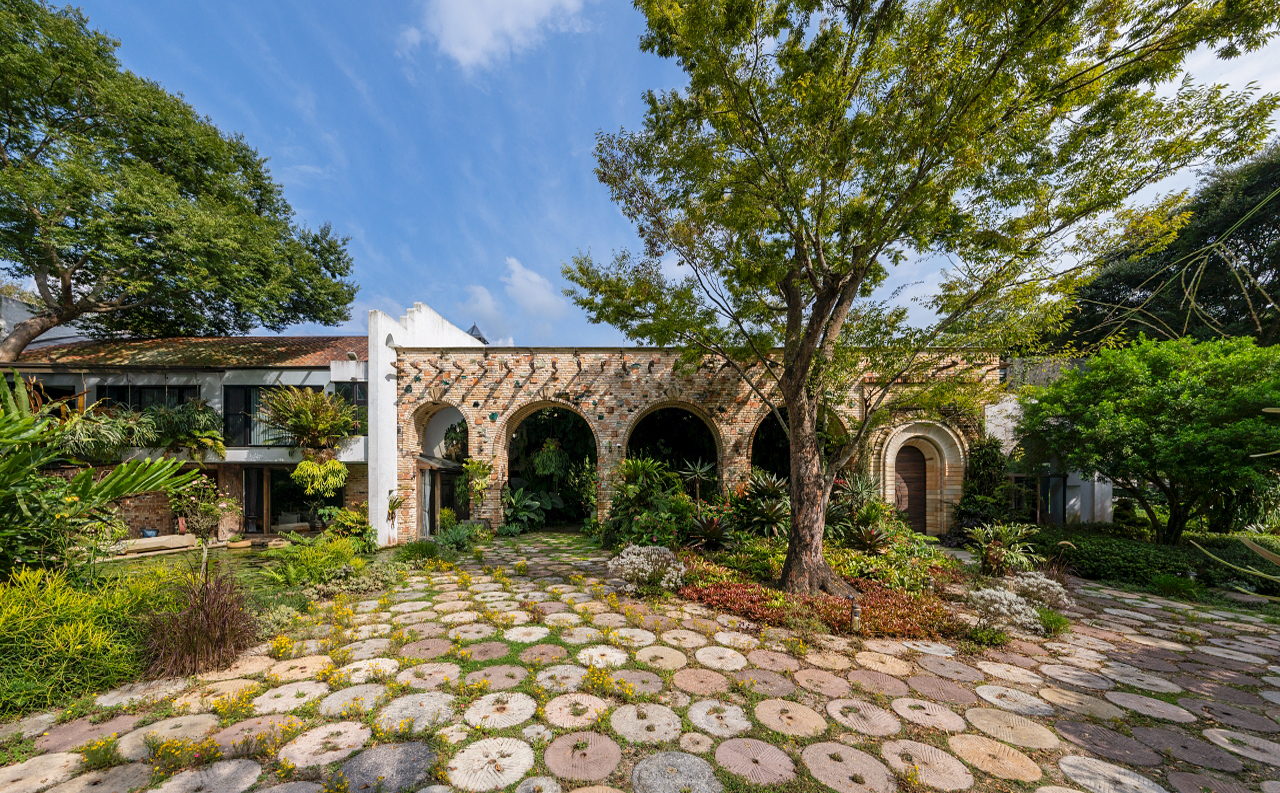時間的容器,從舊木工廠長出的美術館
櫟莊園美術館不是以模板蓋起的建築,而是從時間裡被慢慢雕砌而成。
創辦人夫妻歷經逾廿年珍藏與整理,超過四十座完整窯廠的舊磚被悉心保存下來,這些窯廠拆收過程,往往只容許一兩天時間,在怪手的快速推挖下,要盡可能維持每一片完整相當艱難不易。
然而正是這份守護,讓珍貴的美麗窯磚得以延續;窯磚並非因「老」而被珍藏,而是因為「好」。
歷經數十年高溫燒製後的焦黑火痕,呈現出無可取代的時間之美,它們不僅是稀有的材料,更是文化與歷史的見證;當這些窯磚被重砌為美術館的立面,雍容存煉,時間被收藏於無形。
除此之外,館內與園區還蘊藏著無數細節:一千七百多個農村時代的舊石磨,化作庭園舖面,不僅耐壓保水,更承載消逝的時代情懷;製造業時期的線雕模板鐵框被轉化為花窗屏風,展現工業之美的細緻紋理;台灣自來水廠近九十年歷史的濾水檜木,成為天花板格柵,木材表面因長年水流沖刷而留下自然波浪般的刻痕,是來自時間之手的驚嘆創作;舊自行車齒輪拆解後,重新串連燒疊成優雅的雨鏈,瀞隱身於植物之隅;印染鋼模曾經製作出無數令人傾倒的華美織品,退役後則化為如今的門扉鐵件,以細緻紋理靜述說著另一種時尚美學。
進入館內,窯磚牆面、木構屋脊與落地無墩的巨幅開窗,以最少的語言對話四周山林;光線穿行、植景入室,動線在開闔之間調整觀者的呼吸節奏,將季節流轉收納為四時變化的藝術畫作。
美術館的建築中使用了近七成重置材料,這些飽含歲月情懷的舊物經過創辦人夫妻巧思,以「美學」賦予全新生命後,融入於建築各隅,成為不易察覺卻能富蘊故事的表情,是設計語彙,更是永續精神的具體實踐。
在轉角遇見景,在留白聽見時間。宛如從森林中長成的建築物,本身就是美術館最大的典藏品。
A Vessel of Time: A Museum Grown from
an Old Wood Factory
Li Manor Museum is not a structure raised
from prefabricated molds, but one slowly carved and shaped by time itself.
Over the course of twenty years, the
founders carefully preserved and restored kiln bricks from more than forty
complete kiln sites. The dismantling process often allowed only a day or two
before demolition by heavy machinery, making the effort to keep each brick
intact an almost impossible challenge.
Yet it was precisely this act of
guardianship that allowed these precious kiln bricks to endure.
They are not
preserved for being “old,” but for being “good.”
After decades of firing, the
charred black scars they bear embody an irreplaceable beauty of time. They are
rare materials, cultural witnesses, and historical testaments. When rebuilt
into the museum’s façade, these kiln bricks exude quiet dignity, enclosing time
itself within the invisible.
Beyond the kiln bricks, countless other
details are hidden throughout the grounds: over 1,700 millstones from Taiwan’s
agrarian era form the garden paving, their weight-bearing and water-retaining
qualities embodying both sustainability and the nostalgia of a vanished age.
Iron frames once used for industrial line-carving molds have been transformed
into intricate lattice screens. Nearly ninety-year-old cypress beams, once part
of the Taiwan Waterworks filtration system, now serve as ceiling grilles, their
surfaces marked by wave-like patterns sculpted naturally by decades of flowing
water—nature’s own artistry. Old bicycle gears, dismantled and reassembled,
have become elegant rain chains, quietly nestled among the greenery.
Retired
textile-printing steel molds, which once created splendid fabrics, have found
new life as the museum’s ornate door panels, their delicate motifs whispering
another kind of aesthetic legacy.
Inside, kiln-brick walls, timbered ridges,
and expansive floor-to-ceiling windows without heavy supports converse softly
with the surrounding mountains. Light filters through, greenery enters the
interior, and the rhythm of circulation opens and closes, guiding the visitor’s
breath and framing the turning of the seasons as living works of art.
Nearly seventy percent of the building is
composed of repurposed materials. These objects, once marked by time, have been
reimagined by the founders through the lens of aesthetics, given new life, and
quietly embedded into the architecture. They are not only a language of design,
but also a tangible practice of sustainability.
At every corner, a new vista appears; in
every pause, time itself can be heard. Like a structure grown out of the
forest, the building itself is the museum’s greatest collection.


